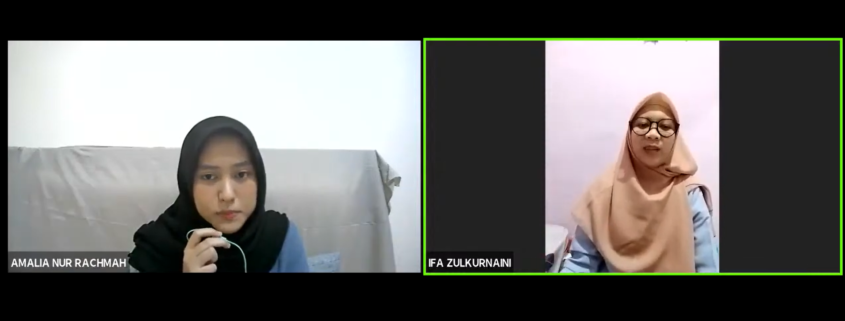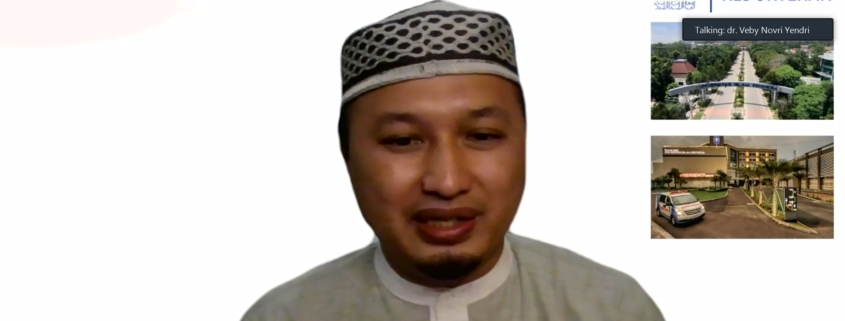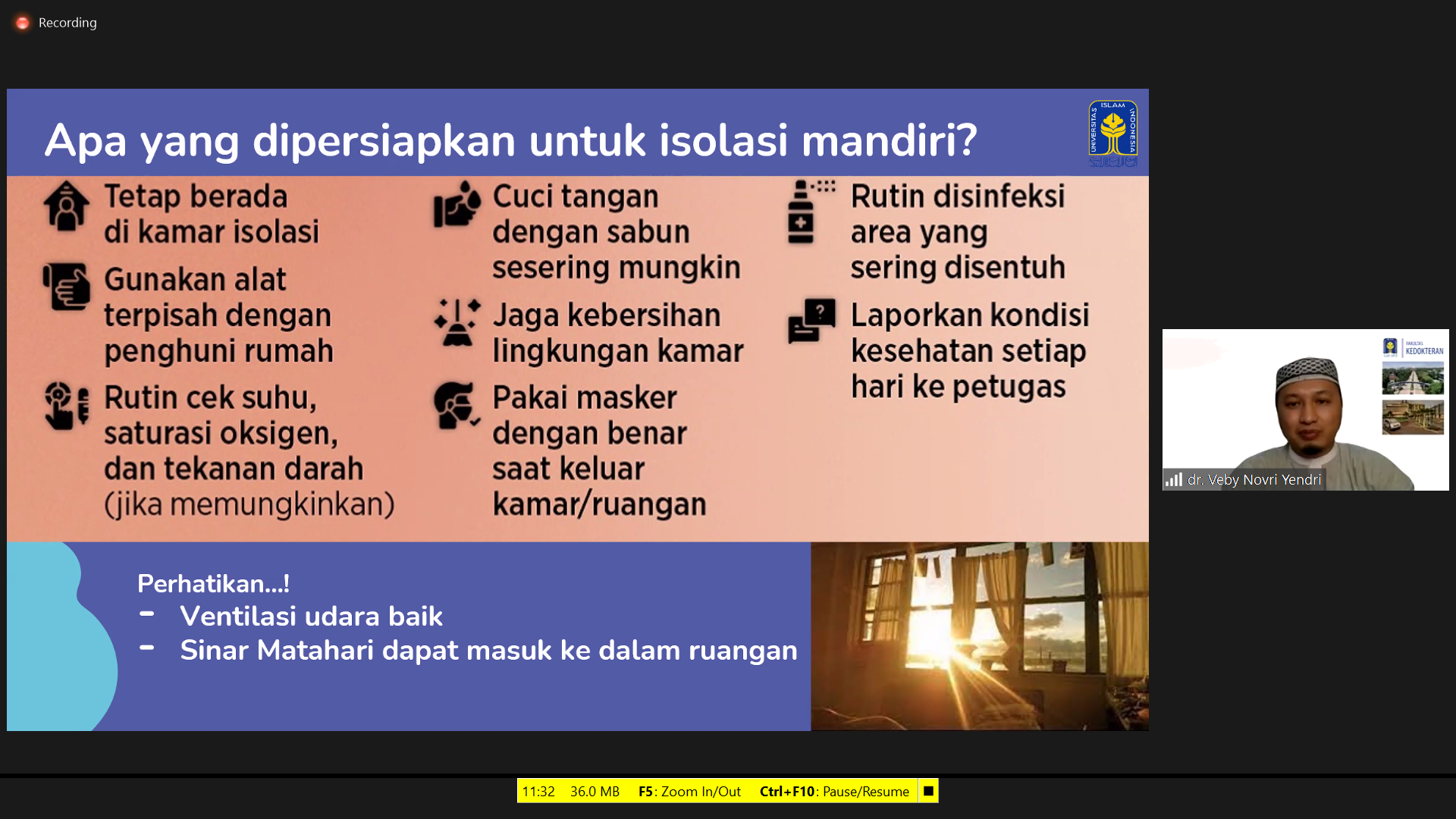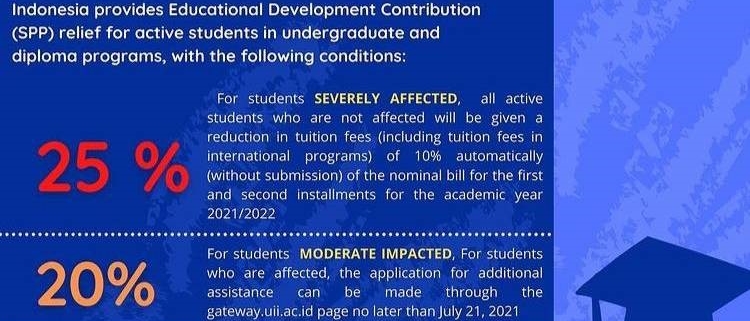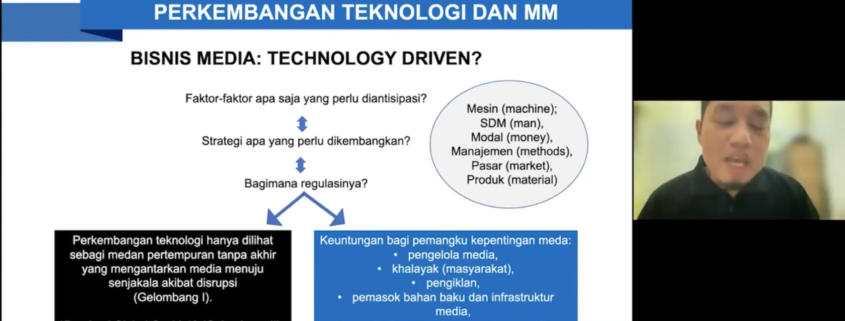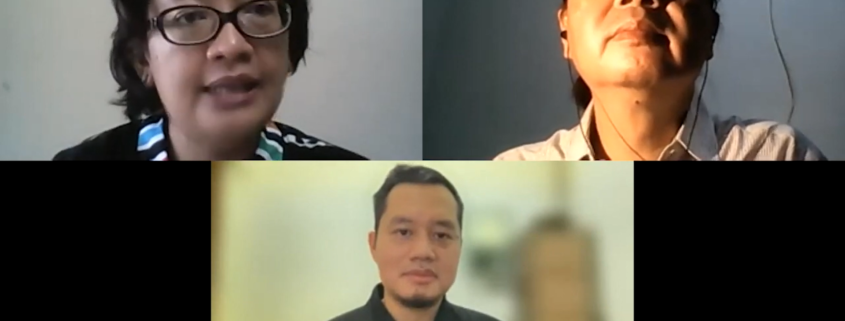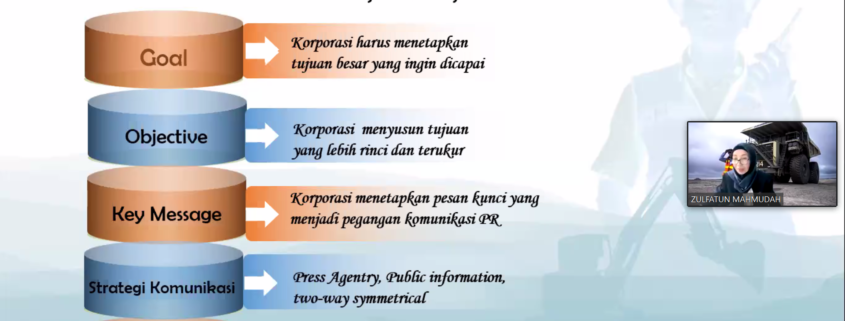Filmmaking adalah pekerjaan yang membutuhkan kerja tim. Jika kita tak punya alat mumpuni sendiri, bisa ajak teman lain untuk urun daya. Bisa juga teman lain akan berbagi bukan di alat tapi membantu di pendanaan.
“Jadi produksi iti bukan oleh satu orang. Misal aku punya ide bagus, tapi nggak punya gadget yang bagus, nah kamu bisa kerjasama dengan teman yang sevisi dan seide,” kata Bagoes Kresnawan, pembicara di Workshop How to make creative video content with gadget pada Jumat, 30 Juli 2021.
Workshop yang merupakan rangkaian acara 2nd Festival Konten Inspiratif (FKI), ini adalah ajang rutin kompetisi yang diselenggarakan oleh Uniicoms TV, TV online pertama di UII, milik Prodi Komunikasi UII.
Menurut Bagoes, penting sekali menentukan tujuan lebih dahulu sebelum produksi sebuah karya video. Ini bahkan lebih penting dibanding menentukan alat.
Alat apapun bisa kita gunakan, bahkan pakai android. “Kalau mau bikin karya, tahu dulu tujuannya mau apa dulu, bukan mikir alat dulu. Saya sering bikin video sampai editing itu pakai android. Bukan iPhone ya bisa,” kata Bagoes, yang juga adalah content creator dan pendiri komunitas foto @huntingpasarid.
Bagoes juga menyarankan agar pembuat konten lebih jeli dan cerdas mengembangkan potensi. Jangan sampai ambisi justru menghambat potensi diri. Dulu, Bagoes bercerita, ia punya ambisi di band, di musik, “Kuliah saya sampai hampir DO. Belakangan setelah lulus, saya banyak berkarya di video dan fotografi. Kenapa ya tidak dari dulu saat kuliah saya belajar video, misal memilih konsentrasi broadcast,” ungkapnya mengingat pengalaman masa kukiah di Komunikasi UII. “Kadang-kadang ambisi ini menutup potensi kita,” kata Bagoes.
Tips Bikin Video Pakai Hape
Ada banyak tips yang dibagi Bagoes dalam kesempatan workshop kali ini. Misalnya bagaimana memahami tipe-tipe pengambilan gambar (type of shot). Ada tiga tipe yang biasa dipakai banyak orang. Pertama adalah tipe wide atau lebar. “Dengan shot wide ini, Si subjek orang ini kita bisa lihat apa saja sekeliling dia. Shot jenis ini bisa menceritakan tentang orang ini dan profil sekitarnya,” kata Bagoes.
Sedangkan shot jenis medium sering digunakan untuk media sosial. Sedangkan type of shot yang ketiga adalah close up. Jenis close up adalah fokus pada satu hal, tetapi penonton tidak tahu profil luas subjek. Tipe close up hanya memberikan paling sedikit informasinya. “Tapi ini paling intens dan memberi kesan intens dan banyak ambil ekspresi,” kata Bagoes.
“Kalau jenis shot medium Ini frame tiktok ini biasanya. Mungkin temen-temen bisa mempraktikannya, nah sekarang ini tak hanya tahu cara, tapi juga tahu teori dan namanya. Ada banyak type of shot, tapi yang common ya tiga ini,” kata Bagoes sembari menayangkan contoh-contoh videonya yang ia ambil dan edit pakai ponsel.
Menurut Bagoes, bahkan tak hanya produksi, editing pun bisa dilakukan dengan smartphone.
“Jadi jangan khawatir, kamu tetap bisa bikin video kreatif hanya dengan android. Android ya, bahkan bukan iPhone,” kata Bagoes menekankan.
Workshop yang diadakan via zoom dan live youtube ini mengawali rangkaian FKI 2021. Selain workshop ini, ada dua workshop dan kompetisi video juga. Info tentang lomba bisa dilihat di instagram @uniicomstv.


